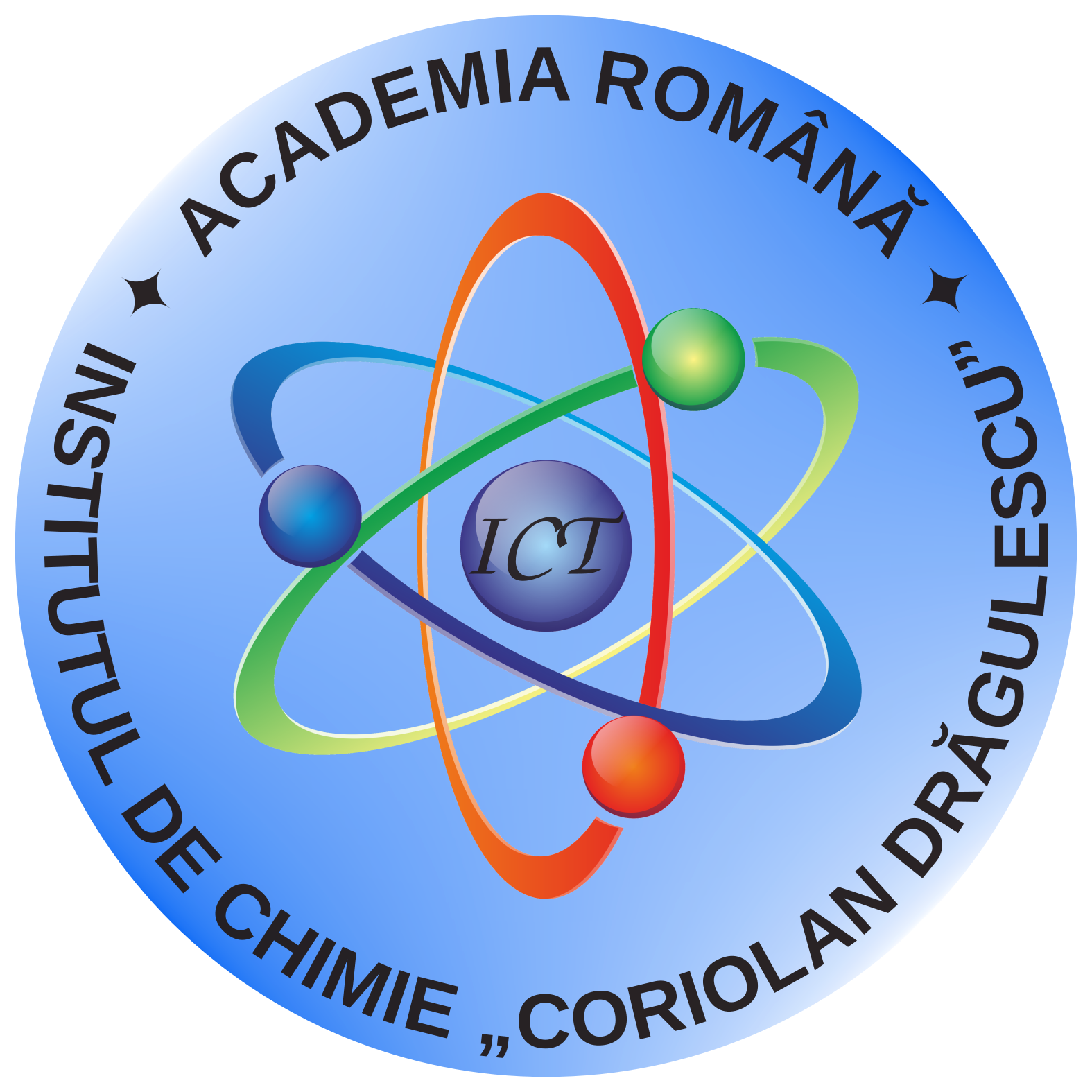Project Type: Bilateral mobility project (2019-2021) in the framework of cooperation between Romanian Academy – Hungarian Academy of Sciences
Project Title: Preparation and applications of functionalized mesoporous silica
Project Manager, “Coriolan Drăgulescu”, Institute of Chemistry, Romanian Academy, Timisoara, Romania: Dr. Putz Ana-Maria
Project Manager, Wigner Research Centre for Physics, Institute for Solid State Physics and Optics, Hungarian Academy of Sciences: Dr. Almásy László
Duration of Contract: 3 years (2019-2021)
Funding Entities: Romanian Academy and Hungarian Academy of Sciences
Team Wigner: Dr. Len Adél, Dr. Dudás Zoltán-Imre
Team ICT: Dr.Cecilia Savii, Dr. Catălin Ianăşi, Dr. Sorina Ilieş, Drd. Roxana Nicola, Chim. Elena-Mirela Picioruş.
Abstract:
Porous silica nanoparticles takes advantage of biocompatibility of the silica, with its variable and well controlled sizes and shapes achievable by sol-gel approach. The functionalised mesoporous silica will be obtained by the post-grafting and the co-condensation methods. In order to check their suitability for the envisaged applications, the pore ordered degree will be evaluated by small-angle neutron and X-ray scattering techniques.
Objectives:
We are working on development of novel silica based ordered mesoporous hybrid materials by sol-gel method, intended for biomedical and environment remediation applications.The objectives contains the optimization of drug molecule adsorption and release properties, and the increased adsorption efficiency of various heavy metals, that can be achieved by finding the proper balanced conditions in formation of high porosity materials, with pore walls modified by suitable functional groups. The surface modification with different funtional group will be realised by post grafting but also by he alternative way to prepare mesoporous material with high porosity by simultaneous condensation of different silica precursors already bearing the functional groups.
The relatively less available small-angle neutron and X-ray scattering techniques, will be used in the present project, as these are powerful methods to characterize the ordered porous structures in the size range of interest, that is the measuring the lattice structure, periodicity, regularity, and the morphology of the silica particles on sub-micron scales.

